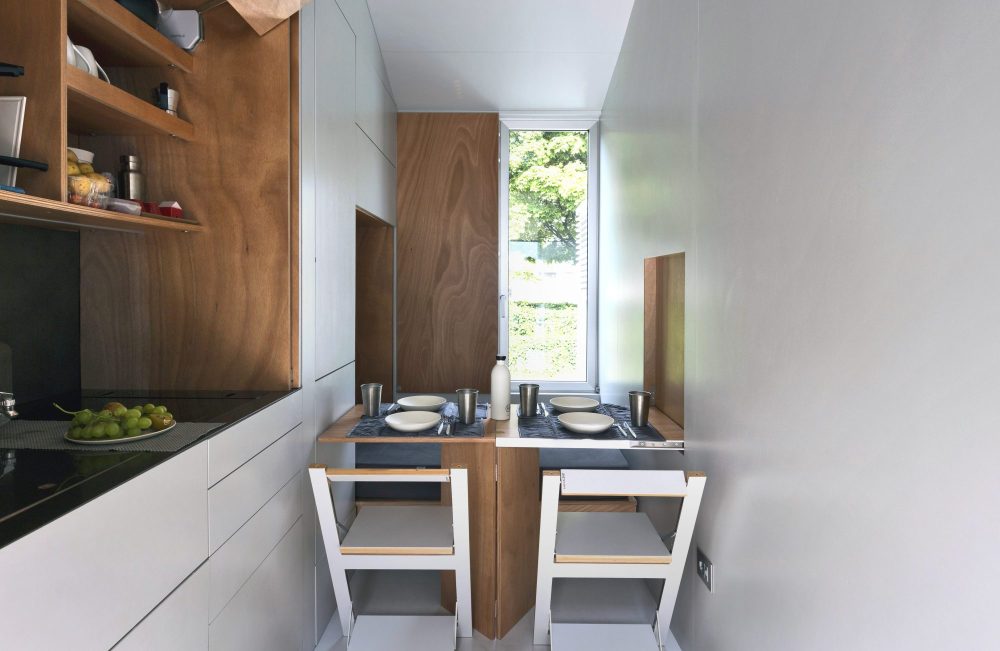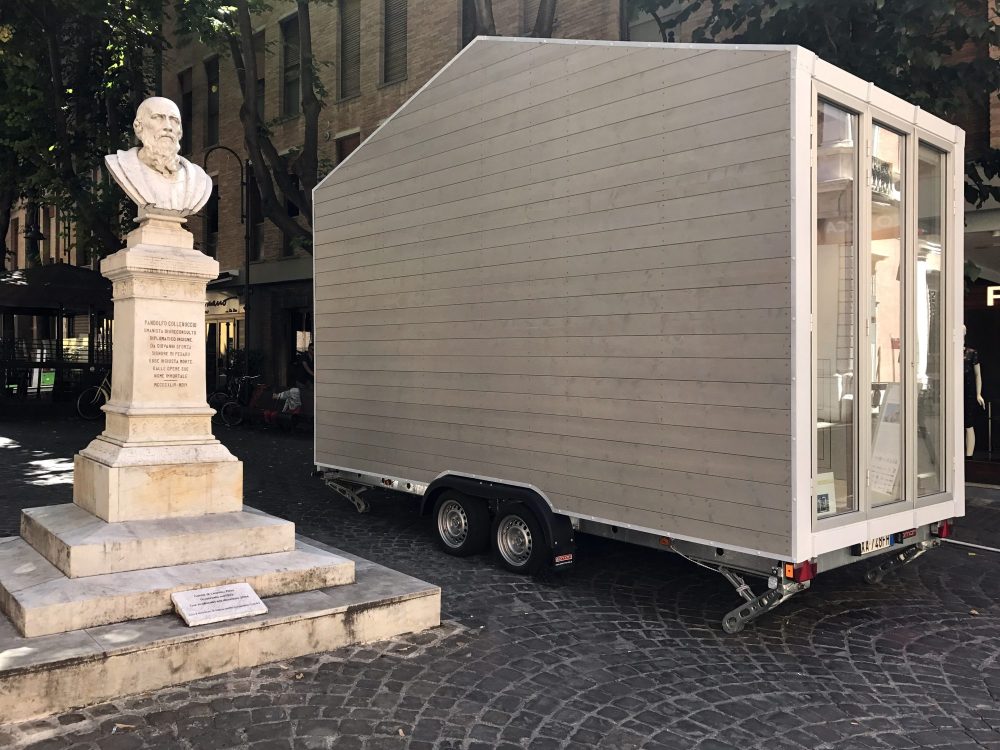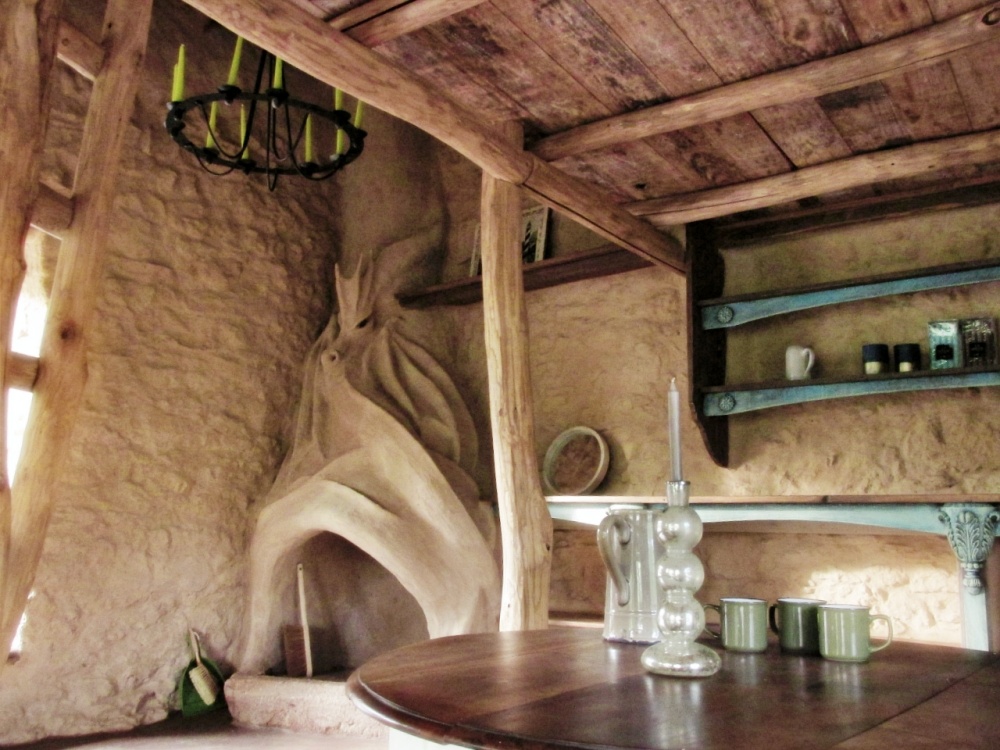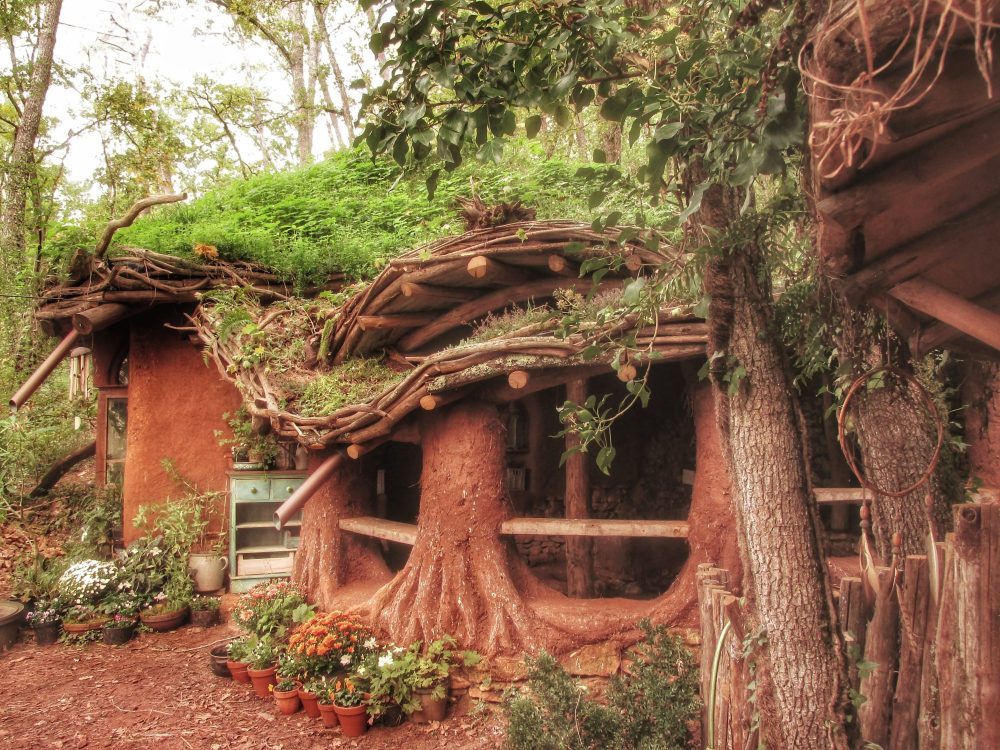Tiny House enthusiasts are looking for small free-living space with a small ecological footprint and locations where they can stand with their house. The latter in particular is a challenge. Although there are more and more places where (groups of) Tiny Houses are consciously included in urban planning, things can be done much better.
Abroad, I found some unorthodox solutions to the location scarcity. Leonardo di Chiara likes to live in open spaces in the city center with his moving house and wants to form new neighborhoods in this way. Katherine Wyvern has a cabin in a forest in the South of France that she built from scratch with Cob. The examples are mainly intended to inspire the search for location solutions out of the box.
Leonardo di Chiara Avoid
Small houses have struck a chord with architect Leonardo di Chiara, but at the same time he is skeptical about their use. “The typical American Tiny House has windows on all sides, which limits the possibilities of living in the middle of a city, where space is limited.” He introduces a new building typology: the mobile terraced house. Only the front and back have windows. “This way you create cohesion with your neighbors, who live in the same row.”

“Many people want to live in big cities, but affordable solutions are often lacking,” says Leonardo. “Cities continue to retain their appeal through cultural exchange and the opportunity to work there. But unstoppable growth makes it difficult for people with lower incomes and newcomers to settle in the city.” Leonardo believes in a further densification of the city. Not with skyscrapers, but with migrating neighborhoods. A small settlement is formed, which can move to another location over time.



The mobile community, Leonardo believes, will occupy the spaces that are currently not used by the city. Small houses can change location depending on the unused space within the existing urban structure. The residents build neighborhoods that fully integrate into the city, but form a unity that benefits from the complex infrastructure that the municipality already offers its residents. But what does the city get in return? Leonardo knows it well: “Creativity, new ideas, diversity, openness to foreign cultures and the possibility to live in forgotten places.”
Of course, the limitation in view and the proximity of neighbors can be a disadvantage if you want to live in a detached Tiny House. But looking for combined placements of uniform small homes might be a good solution to take up less common space. And that probably increases the choice of location.
Katherine Wyvern
Deep in a large forest in southwest France, if you look carefully, you will find Katherine Wyvern’s self-built cob cottage. The artist, award-winning writer and cob builder has traveled the world for years and feels this is the place to build her own home from clay, straw and water. Katherine’s talent for design ensures unique details and finishes.

Katherine has lived in Italy, Norway, Germany, France and Spain with a teepee or yurt to live in and a horse for transportation. She has worked as a printer, welder and gardener, and mainly writes poetry, fantasy and erotica. She also makes wood carvings and pencil drawings with graphite. She feels completely grounded in her cob house: “I live on two hectares of land, which I bought in 2014, and spend much of my time on our small farm with a large vegetable garden and all kinds of animals.”
In 2016, Katherine started to learn cob building (sand, clay and straw) because she wanted to build a pizza oven. “I came across an Italian book about building clay ovens and started excavating clay around our property.”



She discovers that they have excellent building material under their feet, sticky but also grainy and strong: ‘On our land there was also a fallen ruin of a small stone house. Initially, I used the clay to make repairs to the remaining walls.’ The clay artist studies existing cob buildings and makes a plan to rebuild the missing walls on the remains of the ruins.
“I made all the stone walls and cob myself. I enjoy building alone and independently. My husband helped build the roof because working with five-meter trusses is beyond my physical strength.”
Not everyone wants to live in a forest, where the distance to facilities is often greater and the trees can provide a lot of shade. Still, looking for open spaces in remote locations can offer new opportunities for (off-grid) Tiny Houses. Enough greenery around you to enjoy and care for.
Photo credits: Leonardo di Chiara and Anna Fontanet Castinello, Katherine Wyvern.
This article is an adaptation of an article that Marcel wrote for Klein Wonen Magazine



Leave a Reply